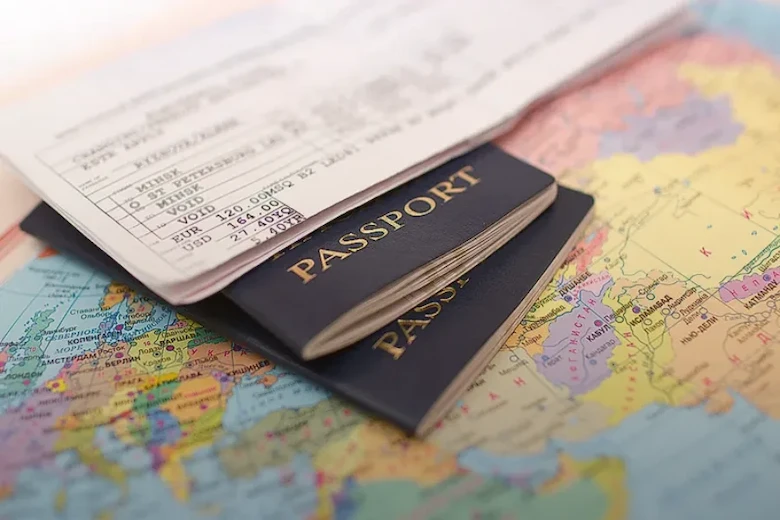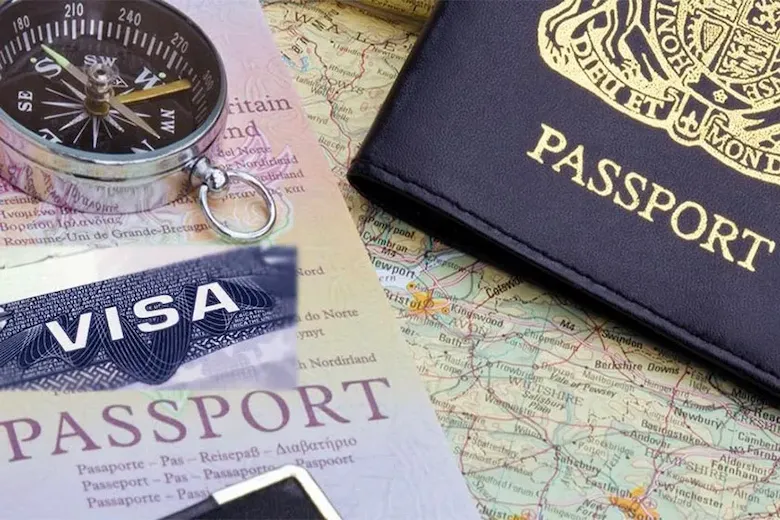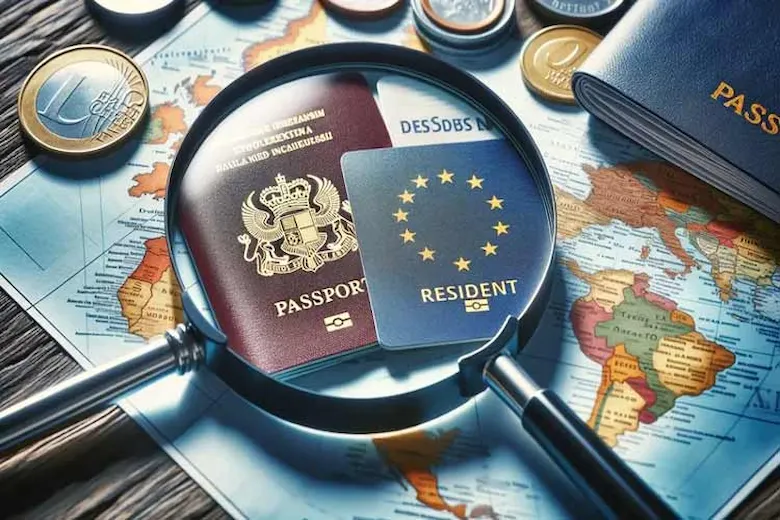Immigrating to Europe is one of the most important decisions in life that requires careful planning and awareness of all the costs associated with it. Immigration costs vary depending on the chosen method (education, work, investment, etc.), the destination country, the level of financial means, and other economic and legal factors. Being aware of these costs helps applicants avoid financial challenges and potential problems on the path to immigration with proper financial planning. In this article, we intend to examine the cost of immigration to Europe from 0 to 100. Follow us until the end.
Table of Contents
ToggleReviewing all the cost of immigrating to Europe
Immigration to Europe is a popular option for people seeking a higher quality of life, better job opportunities, and social security. But before taking any action, you should thoroughly examine the costs of immigration. Immigration costs vary depending on the destination country, the method of immigration (education, work, investment, etc.), and individual circumstances. Below, we will examine the most important costs of immigration to Europe in a comprehensive and detailed manner.

1. Visa fees and immigration document review
One of the first costs to consider is the cost of the visa and immigration documents. The cost of a visa to European countries varies depending on the type of visa (work, study, investment or family). For example, a short-term Schengen visa costs around 80 euros, while a work or study visa may cost between 100 and 300 euros. In addition, some countries charge additional fees for document verification, assessment of the applicant’s qualifications and biometrics (fingerprinting) costs, which should be taken into account.
2. Cost of translation and certification of documents
To immigrate to Europe, many documents such as educational, employment, identification and legal documents require official translation. The cost of translation varies depending on the target language, number of pages and type of document. On average, the cost of translating each page ranges from 10 to 50 euros. In addition, some countries require documents to be certified by an embassy or official office, which also incurs a separate fee. Document certification can cost between 20 and 150 euros per document.
3. Airfare and initial travel to Europe
After obtaining a visa, one of the most important costs is the cost of traveling to the destination country. The price of a plane ticket varies depending on the origin, destination, flight time, and airline. For example, the price of a one-way ticket from Iran to European countries such as Germany, France, or Spain usually ranges from 300 to 1,000 euros. This cost may increase if the flight is indirect or if you are traveling during peak seasons. Also, internal transportation costs in the destination country (from the airport to your accommodation) should be taken into account.
4. Cost of temporary residence or rental of a house in Europe
One of the biggest costs of immigration is housing. When first arriving in their destination country, many immigrants live in hotels, hostels, or temporary accommodations, the cost of which varies depending on the city and the quality of the accommodation. For example, the cost of staying in a typical hostel in European cities is between 20 and 50 euros per night. If you are planning to rent an apartment, you should know that renting a one-bedroom apartment in the center of large European cities such as Berlin, Paris, or Amsterdam usually costs between 800 and 2000 euros per month, while in smaller cities, this amount may drop to 400 to 800 euros.
5. Cost of health insurance and medical services in Europe
Health insurance is a requirement for immigrants in many countries. In some countries, such as Germany and France, having valid health insurance is a requirement for obtaining a visa and residence permit. The cost of health insurance varies depending on the country and the type of insurance. For example, student health insurance in Germany costs between 100 and 150 euros per month, while private insurance for employees or self-employed people may cost between 200 and 500 euros per month. In some countries, health care costs without insurance are very high, so having adequate insurance is a necessity.

6. Daily living expenses (food, transportation, bills, etc.)
After moving, you also need to consider everyday living expenses such as food, transportation, bills, and internet. The cost of food in Europe varies depending on the country, but on average, a single person spends between 150 and 400 euros per month on groceries. Public transportation in major European cities usually costs between 50 and 150 euros per month. Also, the cost of bills such as electricity, water, gas, and internet for a typical apartment ranges between 100 and 300 euros per month.
7. Cost of training or language courses in Europe
If you need to learn the language of the destination country for immigration, you should also consider the cost of the courses. In some countries, such as Germany, Austria or Sweden, taking language courses is mandatory in order to obtain a residence permit. The cost of language courses varies depending on the country and educational institution, but on average, the cost of a German or English language course in Europe is between 200 and 1000 euros per level. Also, if you plan to study at a university, university tuition will be one of the main costs.
8. Residence permit and visa extension application fee
Once you arrive in Europe, you will need to factor in the costs of applying for a residence permit and visa extension to obtain a residence permit. The cost of applying for a residence permit varies from country to country. For example, the cost of applying for a temporary residence card in Germany is around 110 euros, in France around 269 euros, and in Spain between 80 and 250 euros. Also, some countries charge separate fees for extending your stay, which vary depending on the type of visa and residency requirements.
9. Tax and legal fees in Europe
One thing that many immigrants overlook is tax costs. In some countries, you have to pay a percentage of your income in taxes after you receive a work permit. Tax rates in Europe vary depending on the country and the amount of income. For example, in Germany, income tax ranges from 14 to 45 percent, in France it ranges from 0 to 45 percent, and in Sweden it is around 30 percent. If you are planning to start a business or economic activity, you should consider tax costs from the beginning.
Factors affecting the cost of immigration to Europe
- Immigration method (education, work, investment, etc.)
- Destination country and living costs
- Economic situation and exchange rate in the country of origin
- Airfare and travel route costs
- Cost of translation, certification and equivalence of documents
- Amount of financial means required to obtain a visa
- Cost of health insurance and medical services
- Cost of renting or buying housing in the destination country
- Amount of taxes and government fees in the destination country

Final Words
As you can see, in this article, we have thoroughly examined the cost of immigration to Europe. We learned that the cost of immigration to Europe depends on various factors, including the immigration method, the destination country, the economic situation of the country of origin, housing costs, health insurance, taxes, and legal fees. To have a successful and stress-free immigration, it is important to carefully examine all these costs and plan for them. By having sufficient information about the upcoming costs and adhering to cost-cutting strategies, you can experience a successful and less expensive immigration. Thank you for your support until the end of this article.
Nobility Immigration Institute specializes in consulting for Greek visa, German visa, and Schengen visa. Dear friends, you can contact our experts through the communication bridges for more information and free consultation.
